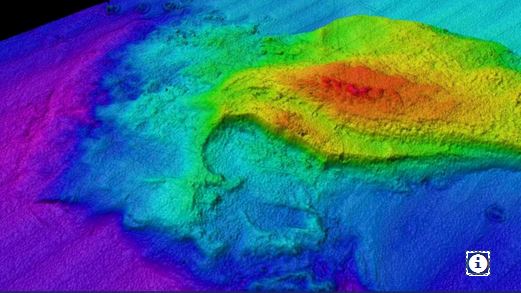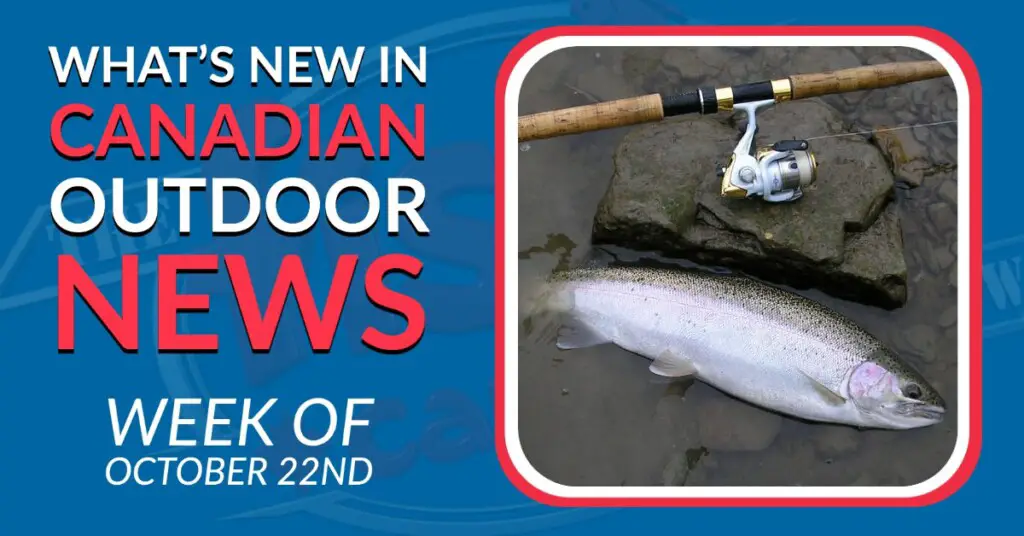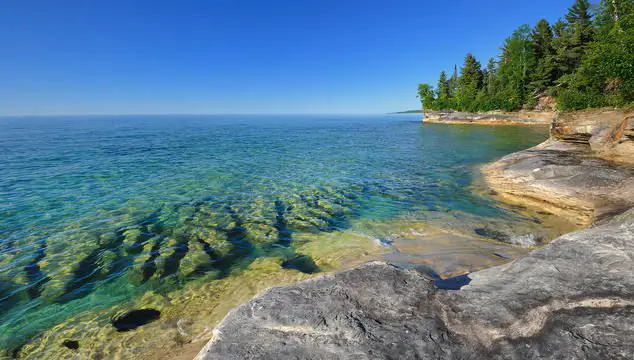Originally seen in Fish’n Canada’s Week in Review
Many of you are likely familiar with the fact that just 5% of the oceans have been explored. But did you know that the figure is not much better for the Great Lakes? According to the International Joint Commission (IJC), just 15% of the Great Lakes’ lake floor has been sufficiently mapped. This, however, is soon to change.
The Lakebed 2030 project was created in 2019 by a small group of researchers but has now grown to represent an international partnership between Waterlution, Northwestern Michigan College, and multiple Ontario non-profit organizations. With growing support, the group is projecting to have all five Great Lakes sufficiently mapped by the year 2030.

As seen above, the maps that the project seeks to produce are not your run-of-the-mill Navionics charts, but highly detailed bathymetry. Produced at resolutions of less than 10 metres, these maps will be capable of revealing even the smallest of details hidden on the lake floor – from shipwrecks to pipelines to boulders.
While the main purpose of this project is to help government organizations better understand some of the continent’s most expansive waterways, anglers will surely welcome the new technology with open arms as the new maps will reveal structure in incredible detail and allow conservation organizations to unlock the information to help bring our fisheries back to what they once were.
This excerpt was taken from Fish’n Canada’s Week in Review, our weekly recap of all things relevant to the Canadian outdoorsman. For more stories like this, check out the full article below and tune back in every Friday to catch up on everything you missed!









